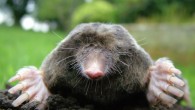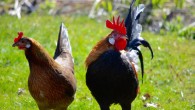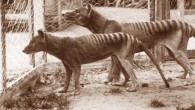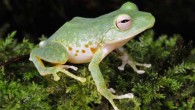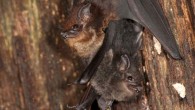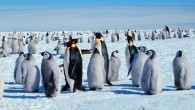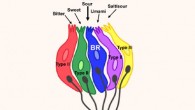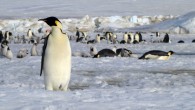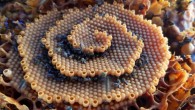In a study published in the Journal of Morphology, an international team of scientists has pieced together the ancestral relationships that make up the family tree of hillstream loaches (Balitoridae), detailing for the first time a range of unusual pelvic adaptations across the family that have given some of its members an ability to crawl, or even walk as salamanders do, to navigate terrestrial surfaces. Top left: photograph of the cave angel fish...






